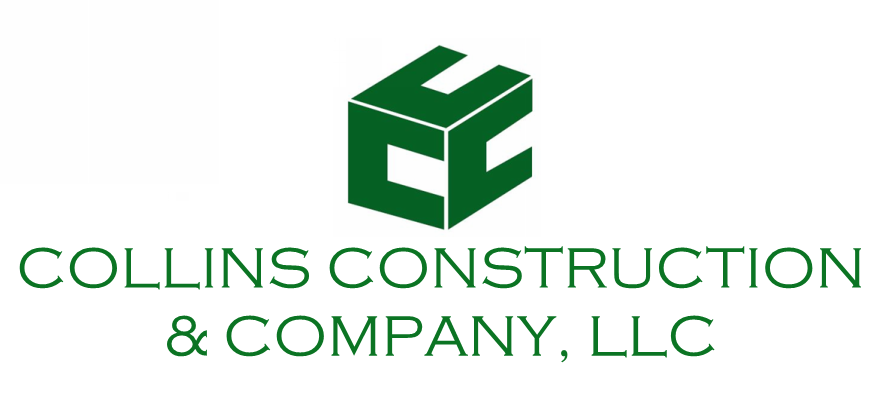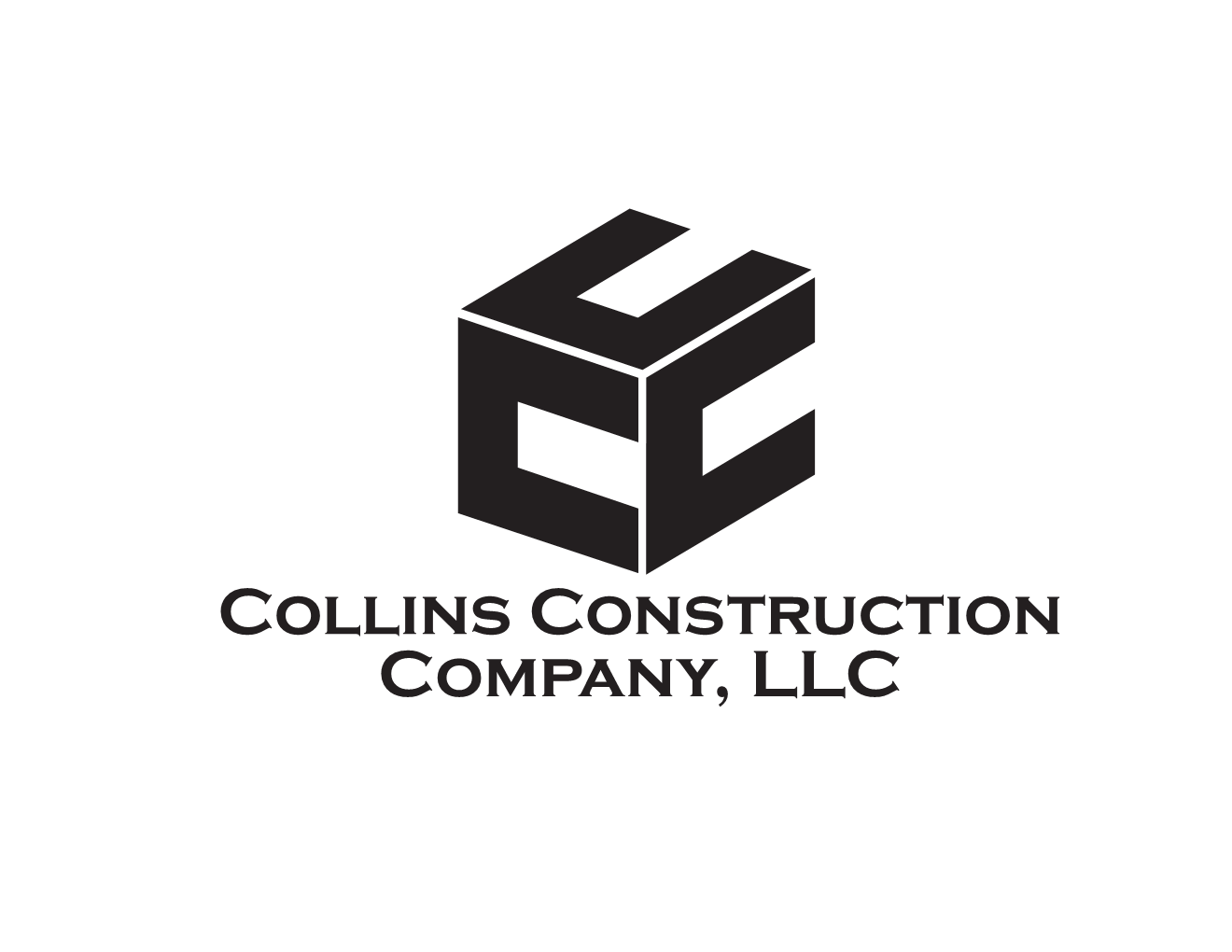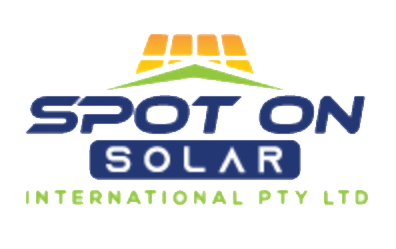Title Page
-
Client / Site
-
Prepared by
-
Location
-
Conducted on
-
Job Name & Number
-
Superintendent:
-
Project Manager(s):
PERSONAL PROTECTIVE EQUIPMENT
-
Proper job site clothing
-
Head protection
-
Steel tipped (if required) , hard soled boots
-
Eye protection
-
Fall protection
-
Hearing protection
-
Proper/Maintained PPE in use
HOUSEKEEPING
-
Immediate work area clean
-
Overall jobsite clean
-
Proper storage of materials
-
SDS on jobsite
-
Proper record keeping Ex: Job tool box docs. Etc.
-
Proper posting-Comp. Poster/OSHA Logs
-
First Aid Kit on jobsite & stocked
-
Clinic & Hospital maps accessible
-
Employees aware of the injury procedures
-
Employees aware of the injury procedures
-
Water Keg, water bottles on jobsite
TOOLS
-
All shields, hoods, & guards in place
-
Licensed employees using tools
-
Correct use of tools
-
Damaged tools not on site or being used
-
Damaged tools not on site or being used
-
Tools properly stored when not in use
-
Signs up when using powder actuated tools
-
Actuated tools unloaded when not in use
LADDERS
-
All rungs and steps in place
-
Proper base
-
No debris build up on rungs or steps
-
Ladders tied, blocked or secured
-
Barricades in use while in passageways
-
No one climbing with materials/equipment
-
No one standing on top 2 steps
-
Approved ladders on jobsite
-
No damaged ladders in use
-
Proper use of ladders, not to be used as planks, scaffolding
GUARDRAILS & OPENING PROTECTION
-
Holes covered & marked
-
Guardrails at building edges 6' or greater fall
-
Guardrails on scaffolding 6' or greater fall
-
Proper materials used for guardrails
-
Maintained guardrails
-
Impalement hazards protected
-
Tie off system in place when installing guardrails
-
Fall protection executed where applicable
-
Compliance of safety monitoring system when in use
-
Wall openings protected 39" a.f.f.
ELECTRICAL
-
Extension cords compliant with OSHA standards
-
Lockout/Tagout when applicable
-
Electrical line hazards
-
Power tools are being used in dry conditions
-
Knowledge of underground utilities
-
Plugged into OSHA approved jobsite power (circuits/breakers)
-
No cutting or drilling in energized walls
-
No overloading of circuits
-
No homemade electrical devices such as cords, receptacles
MATERIAL STOCKING/STAGING
-
No materials stocked 10' from slab edge
-
Drywall not stocked more than 4' high
-
No strapped/bundled materials over 4' high
-
No overloading of materials on scaffolds
-
Materials stocked on suitable platform
-
Employees trained on how to handle mtls.
-
Workers aware of stocking and staging zones
-
Drywall leaned up against studs marked
SCAFFOLDING
-
Competent person on jobsite
-
Proper equipment
-
Employees are trained on erect/dismantle
-
Proper erection or dismantling of scaffold
-
Safety rails when working above 6'
-
Wheels locked on scaffolding when in use
-
Outriggers on scaffold above 1 set
-
Scaffolding set up on suitable terrain
-
Ladders to elevated platforms
-
When 4 to 1 height to base, (tie off)
-
Toe boards where applicable
-
Separate towers tied together
-
Working platforms are completely planked
-
Cross brace in place
-
Mud sills in place
-
Awareness of electrical overhead hazards
MOBILE EQUIPMENT
-
Seatbelts or restraint system in use
-
Proper use of cranes, forklifts, & lifts
-
Licensed operators
-
Equipment inspection with inspection records
-
Overhead hazards identified
-
Working in adequate illumination
-
Proper guards/shields in place
-
Equipment maintained
-
Construction barricades in traffic areas
-
Shift inspection records available if applicable
-
Operable working reverse alarm
PRESENCE OF SAFETY SUMMARY
-
Project Manager Signature:
-
Superintendent Signature:
-
Safety Director Signature:








